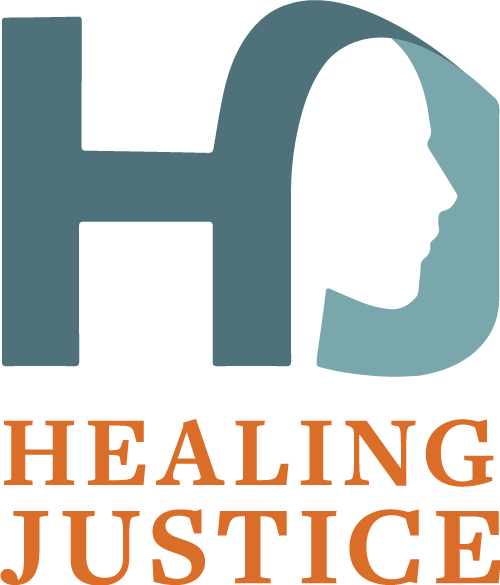The Masks We Wear
These days, with the global spread of COVID-19, wearing a mask helps to protect us from illness, control the spread of disease, and prevent outbreaks from causing large scale harm or even death. We see these masks everywhere around us now. But what about the masks we cannot see? Those we wear because they safeguard us emotionally? Whether we realize it or not, we all wear such masks as a barrier between the outside world and the parts of ourselves that make us feel vulnerable or ashamed. We hide behind these invisible masks not out of cowardice but out of self-protection.
This is particularly true for those who have been harmed by our justice system. Crime victims and their families have had to armor up, publicly pretend not to be wounded, and yield to others’ requests not to talk about “it.” The wrongfully convicted have hidden behind masks to avoid suffering more emotional trauma - or physical injury - while locked behind bars, and their families have donned masks as neighbors and former friends shunned them in judgment and condemnation. For all harmed, wearing a mask became a normal part of the day, like choosing a shirt to wear.
At Healing Justice, we know that healing requires revealing the emotional truths hiding behind these masks. Through an expressive arts project called “masking,” participants create physical representations of the masks they built to bury their pain and protect themselves from further harm. They have worn these masks for so long that their true selves - the selves that existed before the trauma that broke them - have sometimes been forgotten. Creating these physical masks is a safe way for those who have been harmed to express what caused these disguises to form in the first place, and to find the freedom to remove them and begin the healing that comes from being seen, validated, and understood. The masks’ colors, textures, and designs represent multiple layers of grief and loss, each one intricately laid down. And as the art piece is made, the deep and true story is revealed.
The masks made at our healing retreats serve as visual reminders of all that was endured and also all that survived. Just as these invisible masks are eventually shed when it is finally safe to do so, there will come a day when we can remove the cloth ones we wear now. On that day, hopefully we all will also reflect back on what we have endured and what has survived, and we will be stronger for it, individually and collectively.




